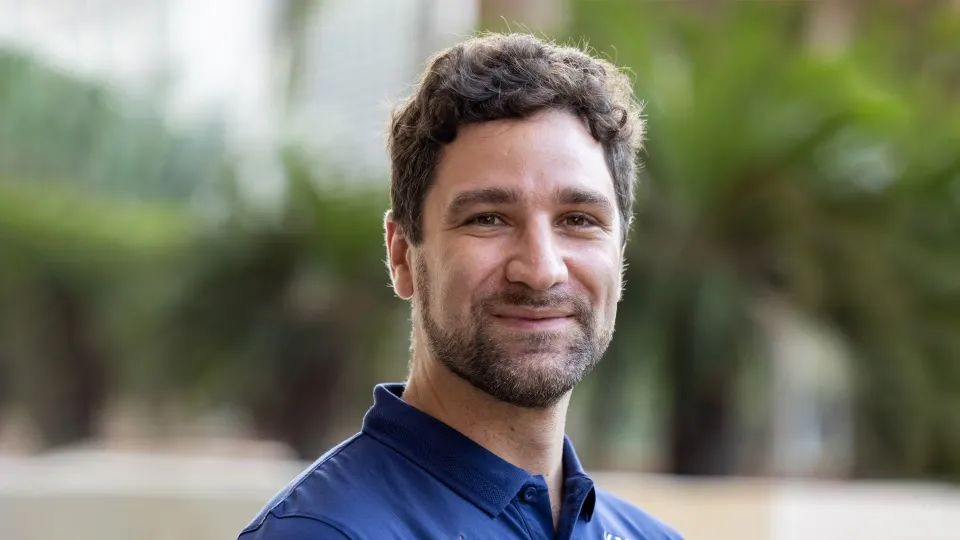
KAUST Ph.D. statistics student Paolo Victor Redondo was selected as a runner-up in the American Statistical Association’s (ASA) Statistics in Imaging Section 2023 Distinguished Student Paper Award Competition
About
By David Murphy
KAUST Ph.D. statistics student Paolo Victor Redondo was selected as a runner-up in the American Statistical Association’s (ASA) Statistics in Imaging Section 2023 Distinguished Student Paper Award Competition.
Papers considered for the annual award contained methodological innovations and/or novel applications of statistical and computational methods for the analysis of imaging data.
Redondo’s paper, titled "Measuring Information Transfer Between Nodes in a Brain Network through Spectral Transfer Entropy," will be presented at the 2023 Joint Statistical Meetings (JSM 2023). JSM 2023 will take place from August 5-10 in Toronto, Canada.
The recently published paper is a joint work with his KAUST advisers, Professor Raphaël Huser (PI of the Extreme Statistics (extSTAT) Research Group) and Professor Hernando Ombao (PI of the Biostatistics (BIOSTATS) Group).
The researchers' work outlines the development of a new approach to modeling causal relationships between brain regions in a network. The research is motivated by the need to understand the dynamics of the unknown complex system that generates brain signals.
“The advantage of this approach is that the captured connections are linked with brain oscillations that have well-established associations with various cognitive functions,” Redondo explained.
“For example, low-frequency waves are related to attention and memory, while execution of voluntary movements is associated with high-frequency waves. As a result, our method offers an easy-to-interpret tool to visualize dependence in a brain network which clinicians may use to complement existing approaches.”
Creating an impact on global science
Redondo’s work explores possible intersections between capturing cross-dependence among components of a multivariate time series and extreme value theory, motivated by applications in modeling brain connectivity. This research investigates how different dependence structures may be present in the bulk and/or tails of data distributions.
“My research could have a significant impact on the medical field, including forecasting excessive neuronal activity, such as recurrences of epileptic seizures, cross-channel dependency as a biomarker for psychological diseases and prediction of motor intent, which is crucial for brain-computer interfaces.
“Receiving such an award made me realize that if you focus on completing relevant and well-rounded research that contributes to scientific advancement, recognition/awards will follow without the need to pursue them. It is also a generous reminder that all the hard work we do here at KAUST impacts the international science scene,” he concluded.


